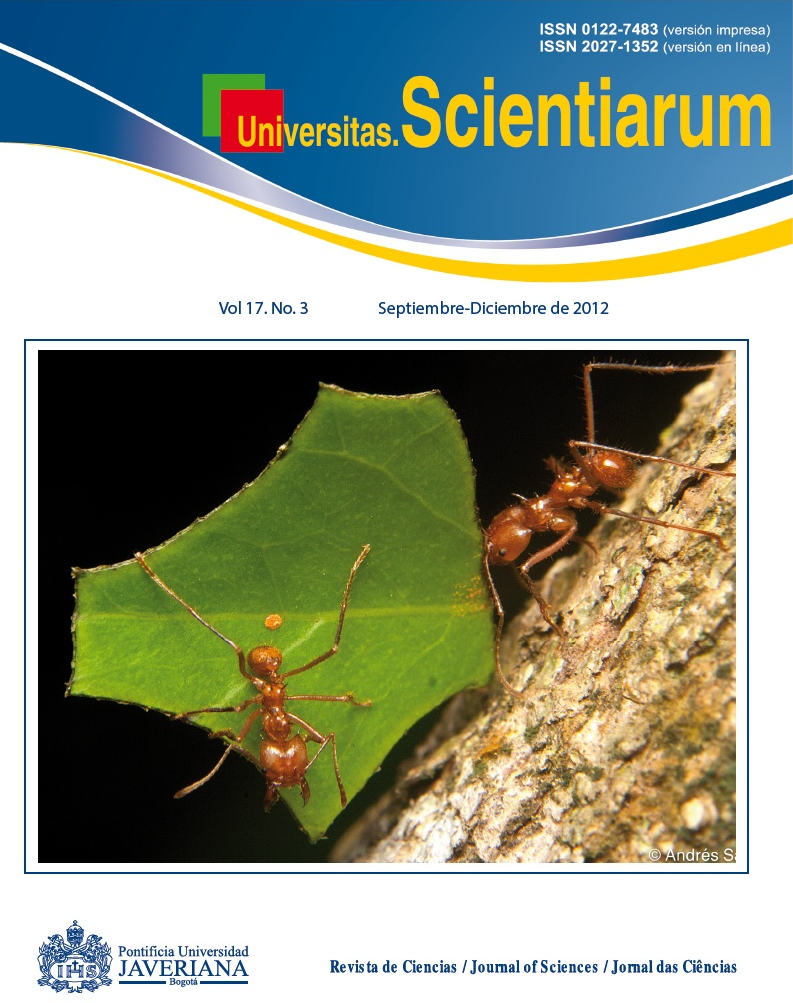Abstract
To study the removal of dyes:reactive black 5 and crystal violet by the Fenton reaction using Fe2O3-catalysts (0-10% m/m of Fe) supported on activated carbon obtained from rose remnants. The activated carbon was obtained from pyrolysis at 500 °C (1h) followed by activation with NaOH (1:2 wt.). The support was classified using several chemical and physical techniques. Fe-catalysts were synthesized by incipient impregnation. Fenton and adsorption treatments were performed in a batch reactor, concentration of dye of 10 mgL-1, 0.25 mgmL-1 catalyst, pH = 3.7, 20 ± 2 ° C, 750 rpm and atmospheric pressure. The activated carbon used as support showed high basicity, presence of polar groups on the surface, high ash content (22.85%) and oxygen (43.93%) and was mostly of the microporous type with a BET surface area of 520 m2g-1. The maximum discoloration achieved for black reactive 5 was obtained with the catalyst of 3% Fe (98.33%) after 180 min. while for the crystal violet it was obtained with the catalyst of 1% Fe (63.95%) after 180 min. Discoloration by Fenton treatment is dependent on the Fe content, the particle size of the active site and the type of dye. The removal of reactive black 5 reached a maximum at 3% Fe while the crystal violet decreased by increasing Fe content. The treatment proposed in this paper is promising for the removal of synthetic dyes present in contaminated water.Univ. Sci. is registered under a Creative Commons Attribution 4.0 International Public License. Thus, this work may be reproduced, distributed, and publicly shared in digital format, as long as the names of the authors and Pontificia Universidad Javeriana are acknowledged. Others are allowed to quote, adapt, transform, auto-archive, republish, and create based on this material, for any purpose (even commercial ones), provided the authorship is duly acknowledged, a link to the original work is provided, and it is specified if changes have been made. Pontificia Universidad Javeriana does not hold the rights of published works and the authors are solely responsible for the contents of their works; they keep the moral, intellectual, privacy, and publicity rights. Approving the intervention of the work (review, copy-editing, translation, layout) and the following outreach, are granted through an use license and not through an assignment of rights. This means the journal and Pontificia Universidad Javeriana cannot be held responsible for any ethical malpractice by the authors. As a consequence of the protection granted by the use license, the journal is not required to publish recantations or modify information already published, unless the errata stems from the editorial management process. Publishing contents in this journal does not generate royalties for contributors.



